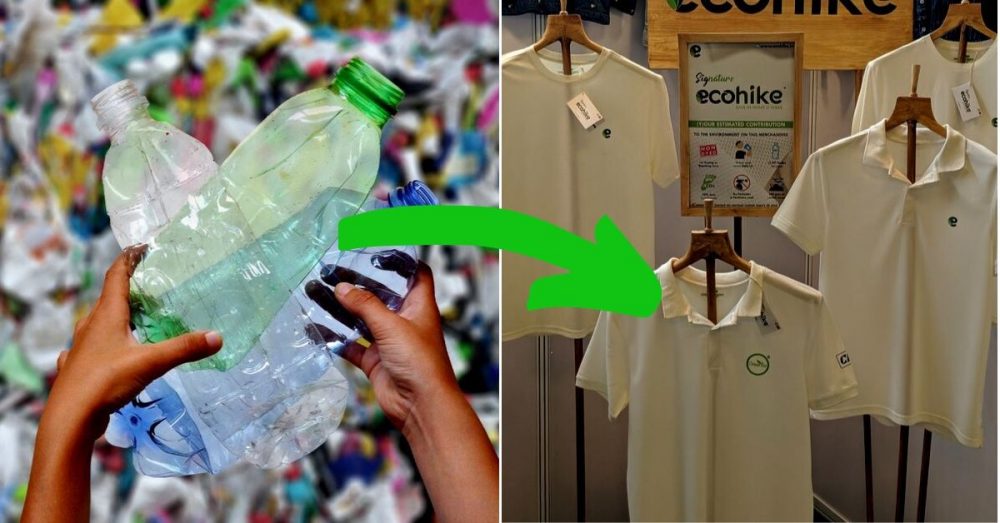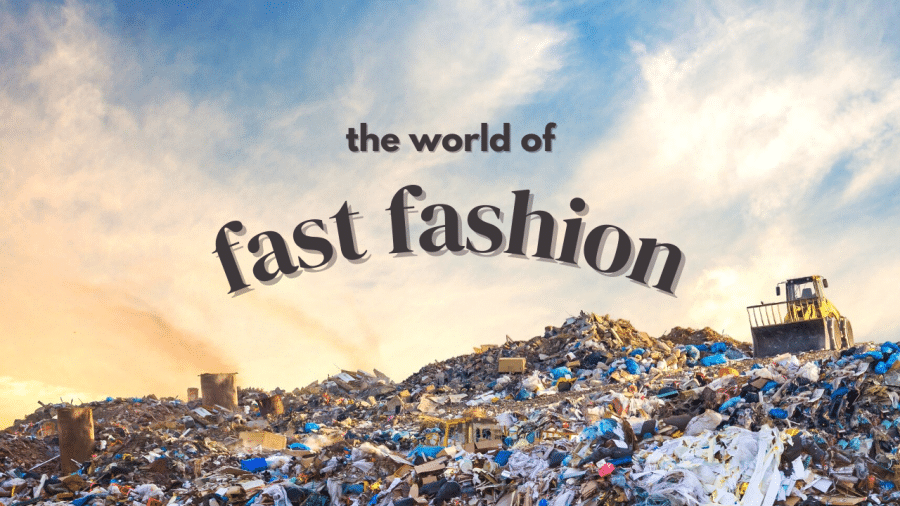The Invisible Threat: Microplastics, Toxic Chemicals, and the Looming Health Crisis
From the clothes we wear to the food we eat, plastic has become an inescapable part of our daily lives. Lurking in this modern convenience, however, is an invisible and insidious threat: microplastics and the toxic chemicals used in synthetic fabrics, all born from the crude oil industry. These tiny particles and their chemical companions are entering our bodies, our ecosystems, and potentially causing a slow-burning health disaster.
The Microplastic Menace
Every time we wash synthetic clothing like polyester, nylon, or spandex, thousands of microscopic plastic fibers – microplastics – shed from the fabric, flowing into wastewater systems and ultimately our waterways and oceans. These microplastics aren’t biodegradable. Instead, they persist in the environment, entering the food chain and accumulating in the bodies of marine life – and ultimately, us.

Recent studies suggest that a frightening amount of microplastics already reside in our bodies, potentially impacting organs like the lungs and even crossing the blood-brain barrier. Ingesting these tiny plastic particles might contribute to a growing list of health problems, including inflammation, immune dysfunction, and even cancer.
Chemicals: The Hidden Poison

To produce those wrinkle-free, flame-retardant fabrics we love, manufacturers treat synthetic textiles with a cocktail of hazardous chemicals. Many of these chemicals, like PFAS (per- and polyfluoroalkyl substances) and formaldehyde, are linked to severe health concerns:
PFAS (“Forever Chemicals”): Almost indestructible, these chemicals accumulate in our bodies and the environment. Exposure is linked to kidney and testicular cancer, thyroid disease, and weakened immune systems.
Formaldehyde: This known carcinogen is a common textile additive. Exposure can cause skin, eye, and respiratory irritation, with possible links to leukemia and other cancers.
These chemicals can leach into our skin through everyday wear or be inhaled as these fabrics release fibers into the air.
False Promises of Recycled Fashion

In an attempt to combat plastic waste, some manufacturers are turning waste plastic like bottles into recycled polyester. While this might sound like an eco-friendly solution, it simply converts visible plastic into invisible microplastics, with the same risks during washing and wearing.
The Price We Pay

The scale of the issue is staggering. A sizable portion of plastic might already exist inside each of us. We breathe it in the air, consume it in our food and water, and absorb it through our skin. Yet, the long-term consequences of this slow and steady poisoning are unknown, leaving us with a looming health crisis that could linger for generations.
Case Studies and Research

Microplastics in Human Blood: A landmark 2022 study found microplastics present in the blood of 80% of participants, raising alarm about the widespread presence of these particles in the human body.

Impact on Marine Life: Research shows that microplastic ingestion disrupts the feeding and reproductive behaviors of numerous marine organisms, with cascading effects across the marine ecosystem.
What Can We Do?

1. Choose Natural Fabrics: Opt for natural materials like cotton, linen, or wool, silk significantly reducing microplastic shedding.
2. Wash Less, Wash With Care: Wash synthetic clothing less frequently, use cold water and gentle cycles. Consider using a washing bag that captures some of the released microfibers.
3. Support Sustainable Brands: Look for brands like Handlooom.com that prioritize natural materials and eco-conscious manufacturing processes. Avoid products with labels containing ‘polyester’, ‘nylon’, or ‘acrylic’.
4. Demand Change: Pressure clothing manufacturers to adopt less harmful manufacturing practices and to develop biodegradable, sustainable textiles.
Conclusion
The microplastic crisis and its link to toxic chemicals demand urgent action. It’s time to rethink our dependence on synthetic textiles and advocate for a healthier and safer future. By choosing wisely, demanding transparency, and supporting sustainable alternatives, we can begin to undo the damage and protect ourselves, our planet, and future generations.

















